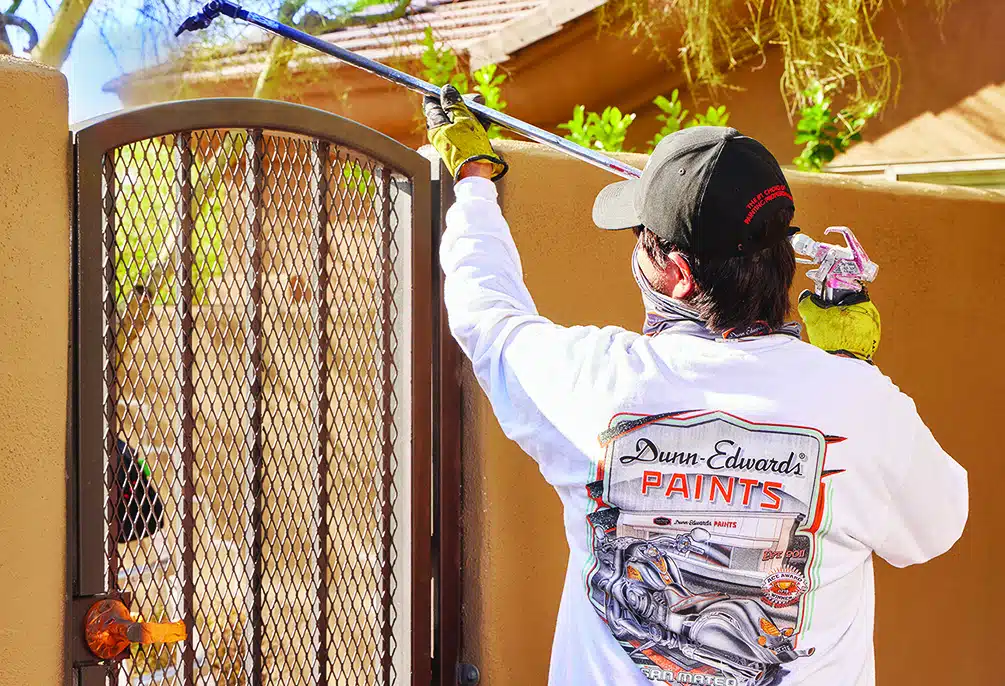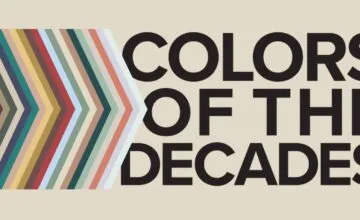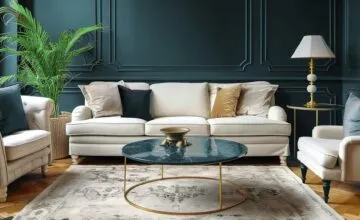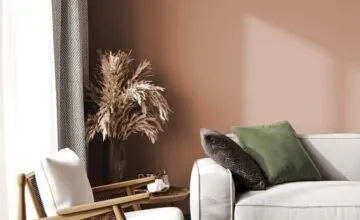Inspiring Shades of Pink for Victorian Architecture
06/06/2022 | Sara McLean |
Victorian architecture holds a special place in the hearts of many—with exterior details ranging from simpler structures to the most whimsical. And exterior paint color palettes add a layer of charm, showing off the unique characteristics of these gems. Here we review our favorite shades of pink to add just the right touch of Victorian charm.

Victorian Pink Color Inspiration
Pink can be playful and fun in lighter shades or dramatic in darker, rosy colors, so whether you’re looking to update the body, trim work or front door toward a more historical palette with earthier, neutral pinks or modern and sweet selections, here is a view of favorite pink colors to add fairytale charm:
Body and Trim Pink Colors
Front Door Pink Colors
Colors to Pair With Pink Victorian Color Palettes
From crisp whites to a range of pastels, there is a wide variety of color choices to pair with pink to achieve color palette perfection. Pro Tip: When searching for that perfect pink hue for the structure, it’s good to keep in mind other factors in exterior color selection, such as the surrounding neighborhood, landscaping, and whether it’s a historic property that needs to follow set guidelines.
- White: For classic allure, add crisp white to achieve optimal color palette crispness.
- Pale Yellow: Feeling sunny? Add pale yellow for a welcoming touch.
- Soft Blue: For a refreshingly cool touch, add soft blue for an artistic pastel dreamscape.
- Sage Green: Feeling nature-inspired? Sage green infuses a subtle nod to the surrounding landscape.
- Willow Gray: Adding a muted gray creates a classic palette for historic charm.
Historic Pink Colors from our Then, Now & Forever® Collection
Dunn-Edwards developed the Then, Now & Forever® Collection, consisting of 300 paint colors, 142 that are historically accurate colors inspired by historic architecture of the American West. Within the historic portion of the collection, a range of Victorian hues was researched and launched, including the three shades of pink below. Interested in historical accuracy for your Victorian design? These three colors add just the right historic touch:
DET432 Rose de Mai: Also known as cabbage rose, Rose de Mai is a dusty, tea rose hue shown on the Harrison Bros & Co Town & Country paint card. It was also discovered in other architectural research for Art Deco and Spanish Colonial Mission styles.
DET434 City of Pink Angels: This blushing pink was identified on the interior of the John Muir home. Italianate and Gothic Revival in style, it was constructed in 1882 for Dr. John Strentzel, based on a pattern book design, then later appeared in the September 1882 edition of California Architect and Building News. John Muir later lived in the estate, located in Martinez, CA, upon the marriage to Louisa (Louie) Strentzel, Dr. Strentzel’s daughter. The name City of Pink Angels is a play on the City of Angels, a nickname for Los Angeles.
DET452 Gypsum Rose: Cosmetic peach hues such as Gypsum Rose were noted in a Victorian-era paint card from Harrison Bros & Co Town & Country and in the Whittier Coburn Co catalogue/linseed oil colors section, and was also found on the exterior of the John Muir home, an Italianate and Gothic Revival Victorian-era estate. Gypsum Rose, also known as desert rose, refers to rose-like formations of crystal clusters of gypsum or barite, which include abundant sand grains and are found in deserts throughout the world.
Want to learn more about the trending pink aesthetic? Take a deep dive into the history of pink, and also learn how to use shades of this color for a calming environment. For a more current background on the color, see how the Millennial Pink trend has evolved over the past several seasons.
Featured Articles
-
 Announcing the Color of the Century - Viridian Odyssey (DE1925)
Announcing the Color of the Century - Viridian Odyssey (DE1925)
-
 Best Oranges for the Perfect Summer Beach Cottage
Best Oranges for the Perfect Summer Beach Cottage
-
 Get Ready for Fall with These Trendy Color + Design Moods
Get Ready for Fall with These Trendy Color + Design Moods
-
 Try These Color Palettes To Nail A Tomato Girl Summer At Home
Try These Color Palettes To Nail A Tomato Girl Summer At Home
-
 Embracing Barbiecore: Popular Pinks Throughout The Ages
Embracing Barbiecore: Popular Pinks Throughout The Ages
-
The Color Yellow: Essential Color Theory, Symbolism and Design Application














